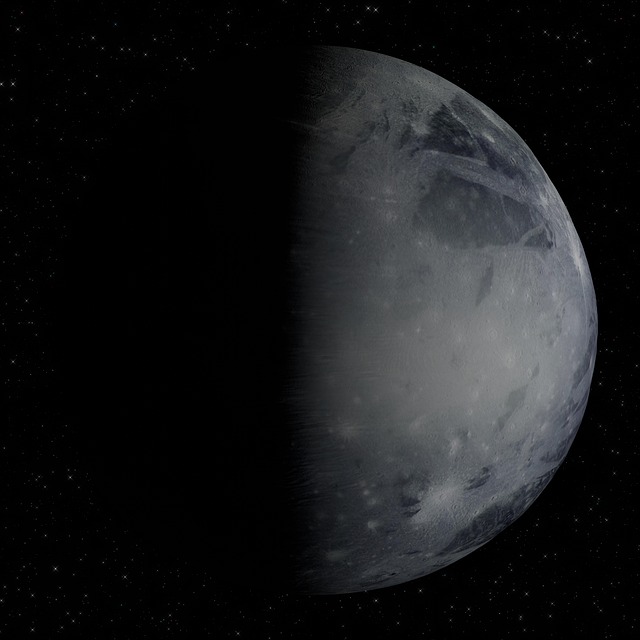Pluto, once considered the ninth planet of our solar system, has had a tumultuous and fascinating history since its discovery in 1930. Over the past 95 years, scientific advancements and space exploration have continually reshaped our understanding of this distant world. From its initial classification as a planet to its controversial demotion to a dwarf planet, Pluto remains one of the most intriguing celestial objects in the Kuiper Belt.
The Discovery of Pluto
The search for Pluto began in the early 20th century when astronomers suspected the existence of a “Planet X” beyond Neptune. Percival Lowell, a renowned astronomer, initiated the hunt, but it was Clyde Tombaugh who finally discovered Pluto on February 18, 1930, at the Lowell Observatory in Arizona. The discovery was officially announced on March 13, 1930, and the name “Pluto”—suggested by 11-year-old Venetia Burney—was chosen in May of the same year.
Early Observations and Discoveries
Following its discovery, Pluto remained a mysterious and elusive world due to its great distance from Earth. In 1955, astronomers determined Pluto’s rotation period to be 6.4 Earth days. Later, in 1976, its surface was found to contain frozen methane. A major breakthrough occurred in 1978 when James Christy discovered Pluto’s largest moon, Charon. This discovery allowed scientists to calculate Pluto’s mass, revealing it was much smaller than previously believed.
Reclassification and the Kuiper Belt Connection
In 1992, the discovery of Kuiper Belt objects (KBOs)—icy bodies beyond Neptune—raised questions about Pluto’s planetary status. Scientists recognized that Pluto was not alone in this distant region and shared similarities with other KBOs. The discovery of additional moons—Nix and Hydra in 2005, followed by Kerberos and Styx in 2011 and 2012—further emphasized Pluto’s complex system.
The 2006 Planetary Debate
A pivotal moment in Pluto’s history came in 2006 when the International Astronomical Union (IAU) redefined the criteria for what constitutes a planet. Under this new definition, a planet must:
-
Orbit the Sun.
-
Have sufficient mass to assume a nearly round shape.
-
Clear its orbit of other debris.
While Pluto met the first two conditions, it failed the third, leading to its reclassification as a dwarf planet on August 24, 2006. This decision sparked widespread debate among astronomers and the public, with many advocating for Pluto’s reinstatement as a planet.
The New Horizons Mission and Pluto’s Mysteries
NASA’s New Horizons spacecraft, launched in 2006, provided an unprecedented glimpse of Pluto during its flyby on July 14, 2015. The mission revealed a surprisingly dynamic world with:
-
A vast, heart-shaped glacier known as Tombaugh Regio.
-
Mountains made of water ice.
-
A thin nitrogen-based atmosphere.
-
Possible signs of a subsurface ocean.
These discoveries transformed Pluto from an icy outlier into an active and complex celestial body worthy of continued study.
Ongoing Research and the Future of Pluto
Despite its classification, Pluto continues to be a subject of scientific interest. Researchers analyze New Horizons data to better understand its geology, climate, and potential for harboring an underground ocean. Some astronomers continue to push for Pluto’s reinstatement as a planet, arguing that the IAU’s definition is too restrictive.
As space exploration advances, future missions may return to Pluto, offering even more insights into this enigmatic world. Whether classified as a planet or a dwarf planet, Pluto remains a testament to the ever-evolving nature of astronomy and our understanding of the solar system.
Conclusion
Pluto’s journey from discovery to demotion and scientific rediscovery highlights the dynamic nature of space science. As we celebrate 95 years since its discovery, one thing is certain—Pluto’s story is far from over, and it will continue to captivate scientists and space enthusiasts alike for years to come.
